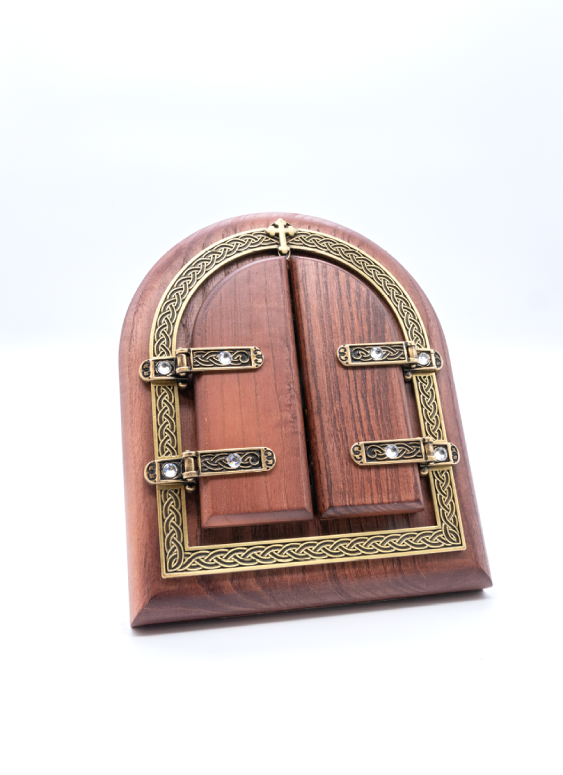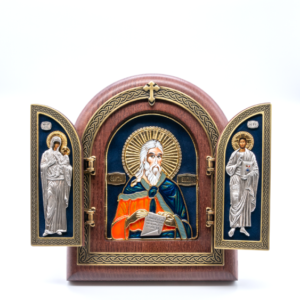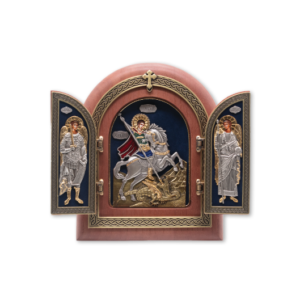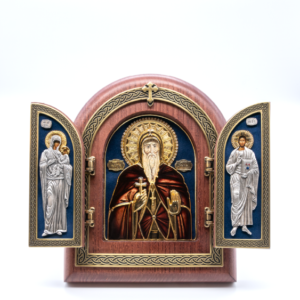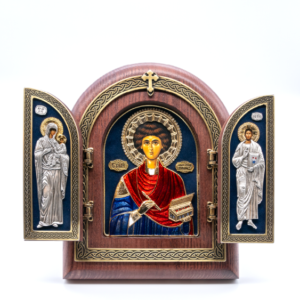Saint Justin the Philosopher, born in Samaria, had a deep love for truth from a young age and studied many sciences in Greek pagan schools. However, when an elderly Christian philosopher led him to realize the imperfection of Plato’s teachings, Justin was astounded and asked the elder where he could find a teacher who could guide him to the truth if Plato and other philosophers did not have it. After hearing the story of the prophets and the Resurrection of Christ, and learning that God reveals Himself to those who seek Him through prayer and love, Justin not only adopted this teaching but preached it with true wisdom for the rest of his life. He suffered martyrdom in the second half of the second century AD, leaving behind many writings filled with the Holy Spirit that continue to serve the Church.
A triptych is a work of art composed of three connected parts, most often painted or carved, which together form a single whole. In Christian art, especially in the Middle Ages, the triptych was used as an altarpiece or part of an iconostasis.
The central part is usually the largest and depicts the main scene—most often Jesus Christ, the Holy Theotokos (Mother of God), or saints of our Church.
The side panels are foldable and typically feature saints, angels, or the Lord and the Theotokos.
It is practical for transport, which made it popular in the Middle Ages among traveling believers and priests.
Our triptych is made from the finest pieces of ash wood, using icon-painting craftsmanship inspired by Byzantine and medieval originals.
It is produced by metal casting and careful hand-finishing, enriched with 24-karat gold and 925 silver.
It is painted with epoxy resins and decorated with zircons.
If you wish to give your triptych as a gift, you can also choose a ceremonial gift box.
The dimensions of the triptych are: 220x255x32 mm.


